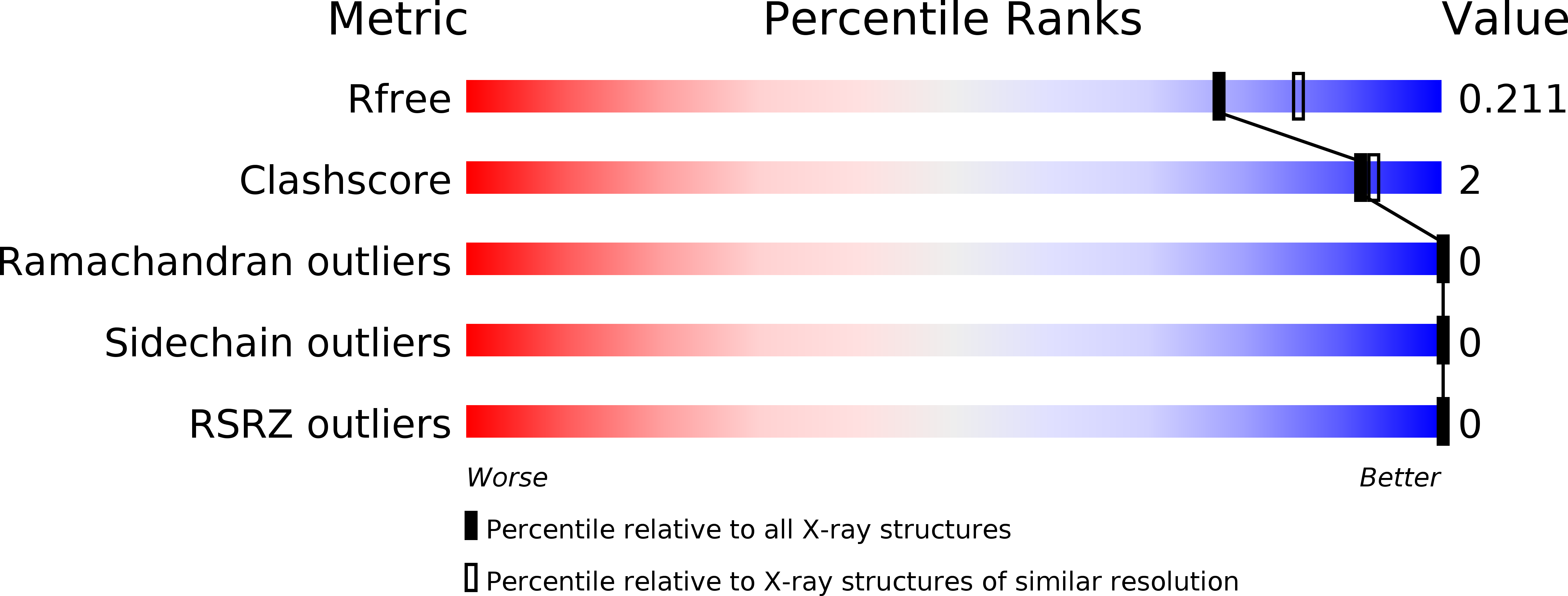
Deposition Date
2019-04-26
Release Date
2020-08-05
Last Version Date
2023-11-22
Entry Detail
Biological Source:
Source Organism:
Caulobacter vibrioides (strain NA1000 / CB15N) (Taxon ID: 565050)
Host Organism:
Method Details:
Experimental Method:
Resolution:
2.00 Å
R-Value Free:
0.21
R-Value Work:
0.20
R-Value Observed:
0.20
Space Group:
P 31 2 1


